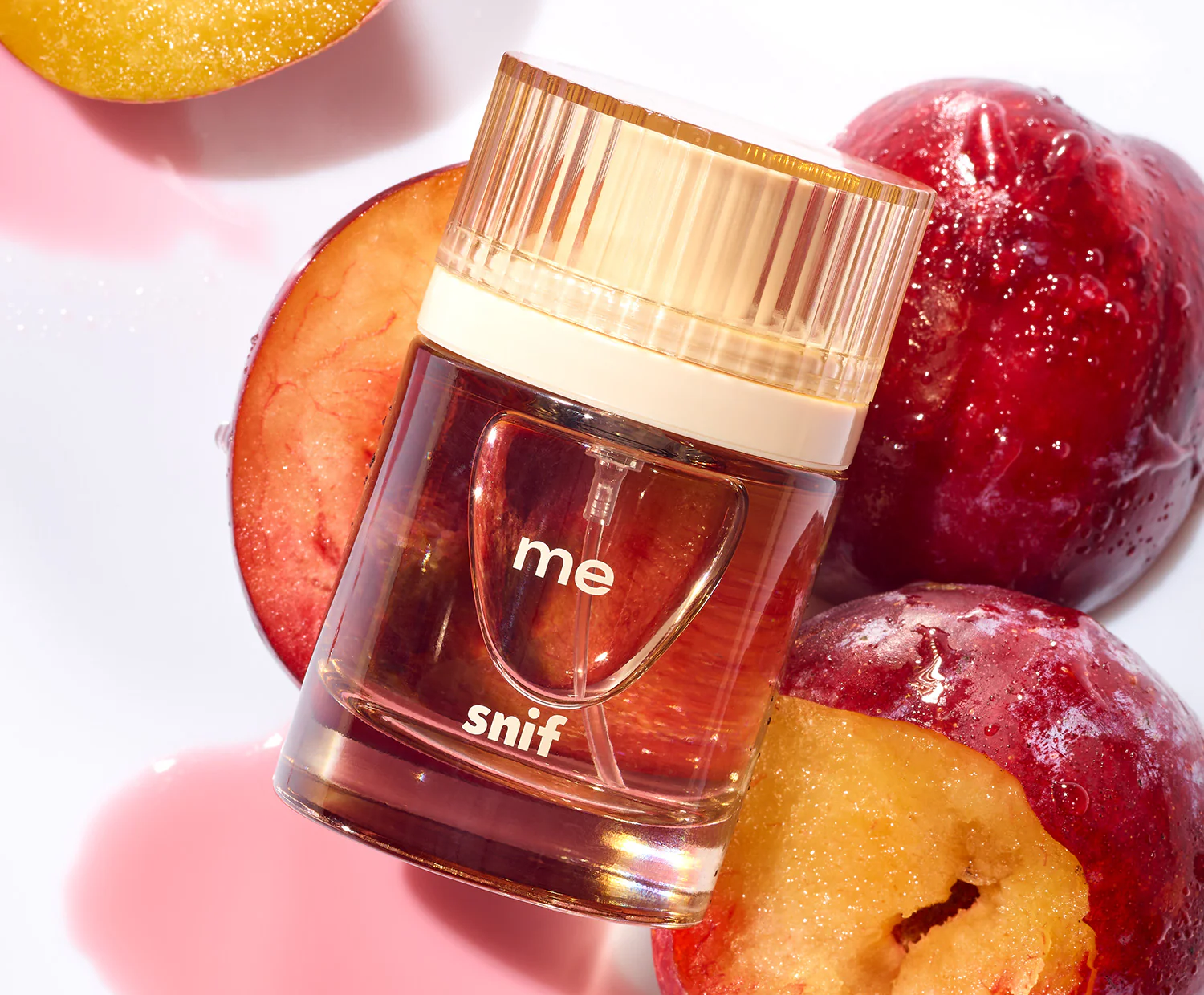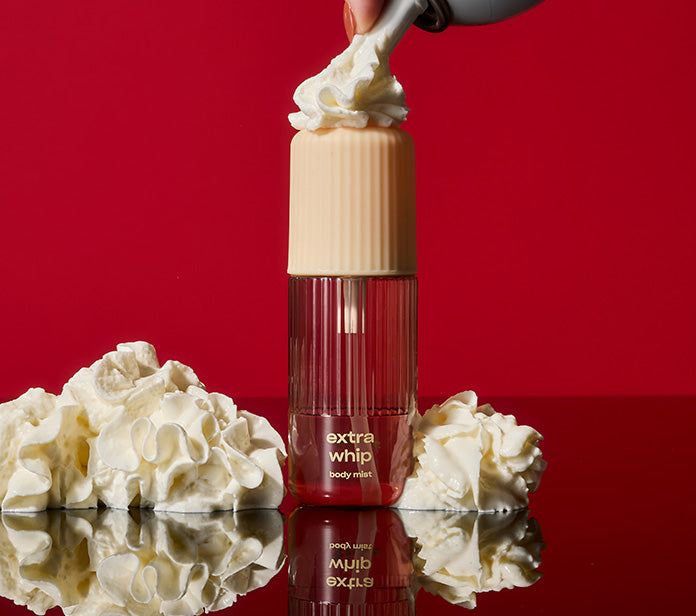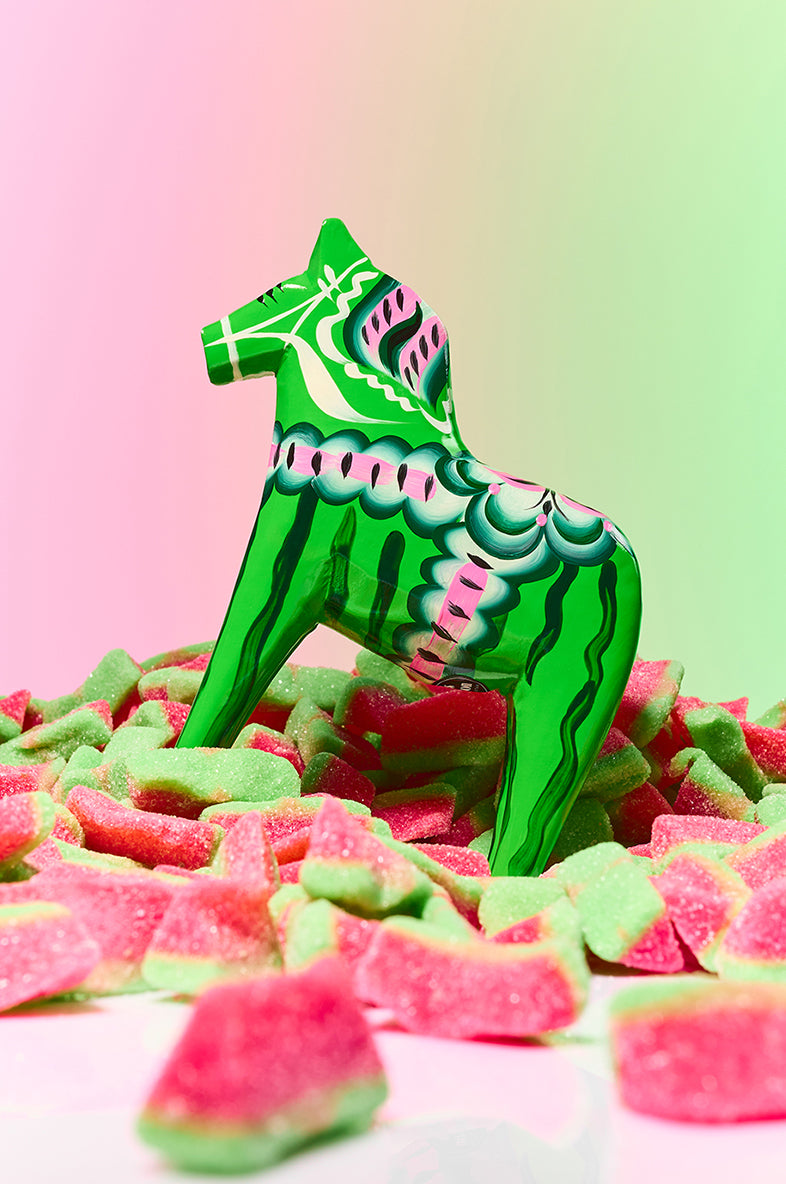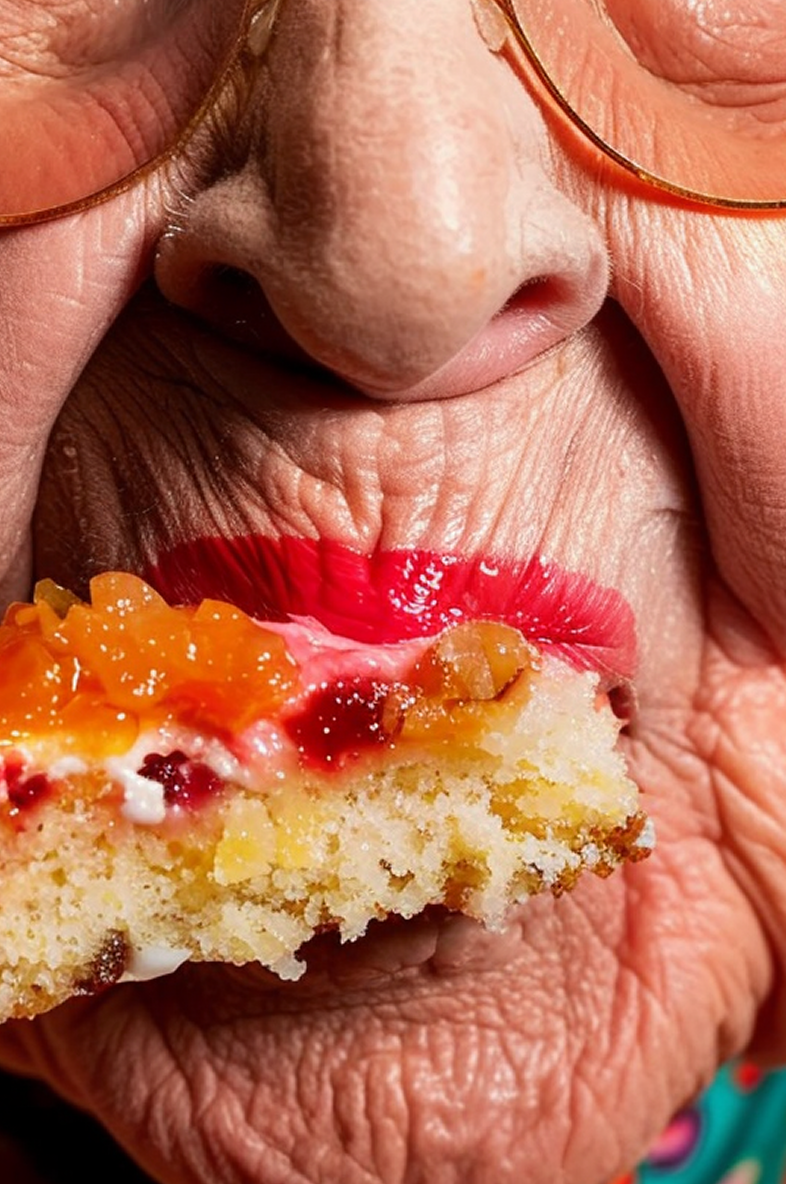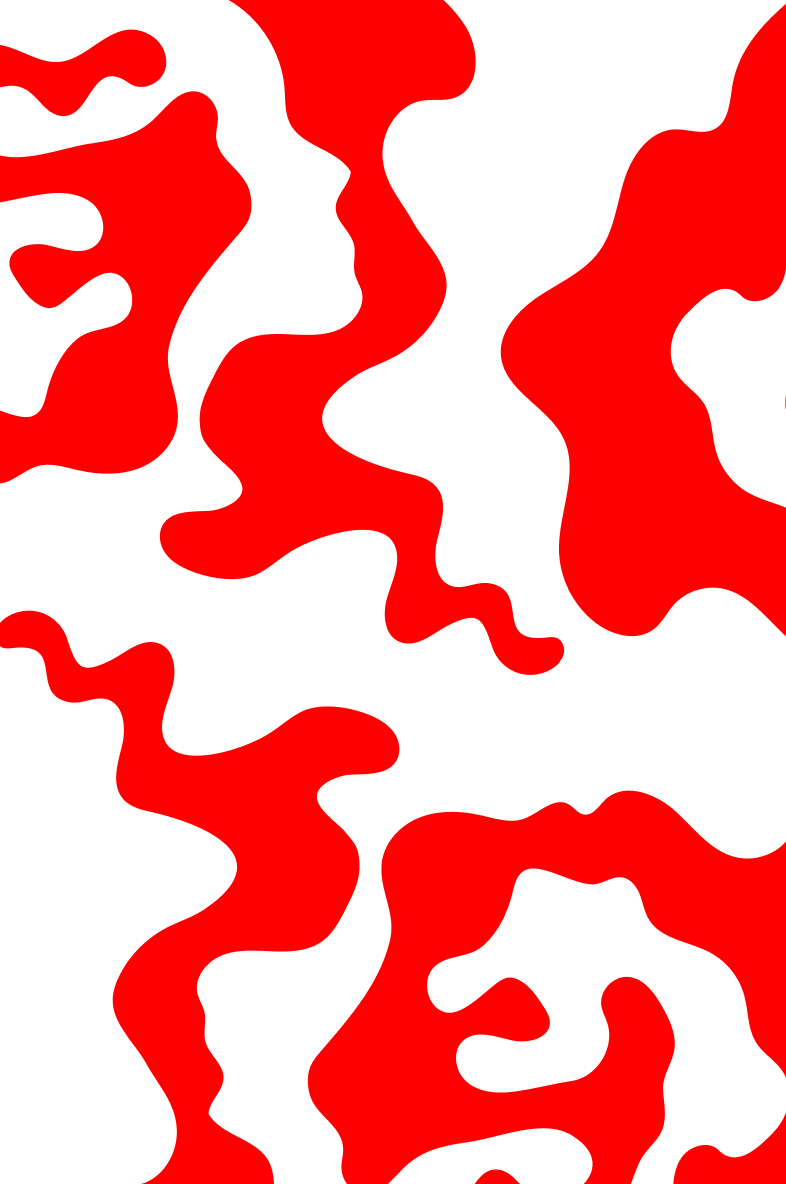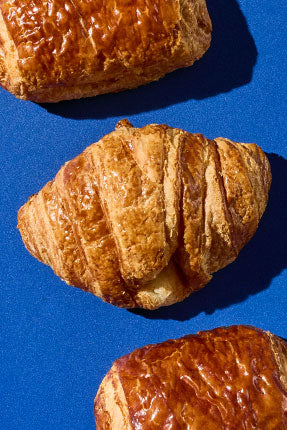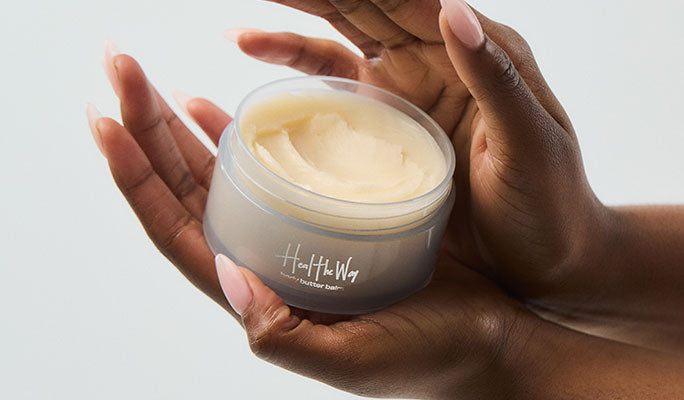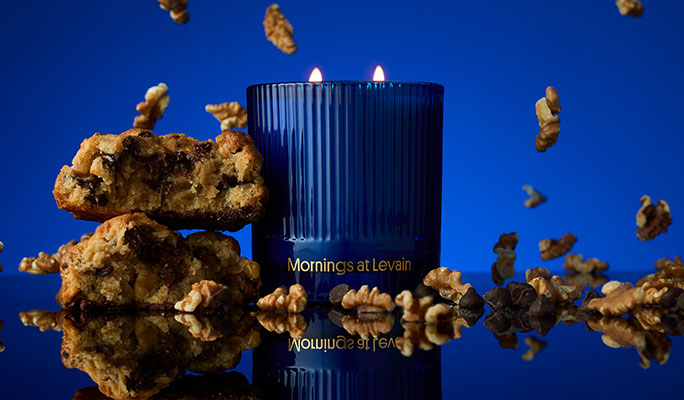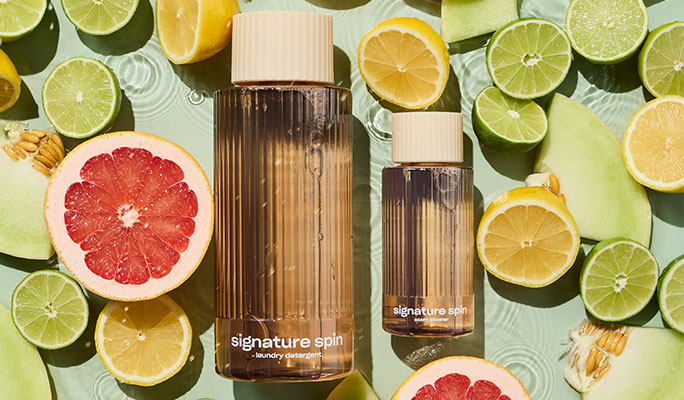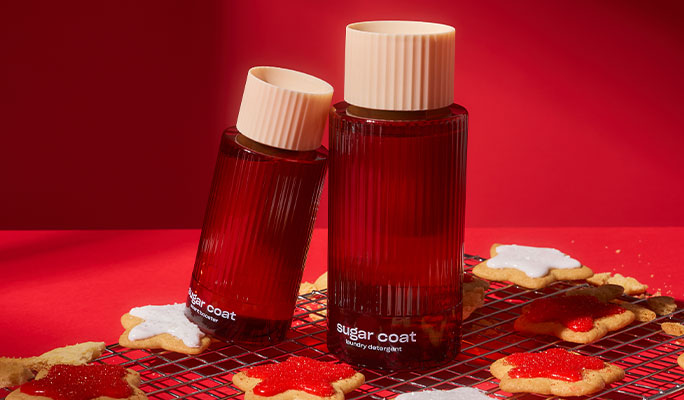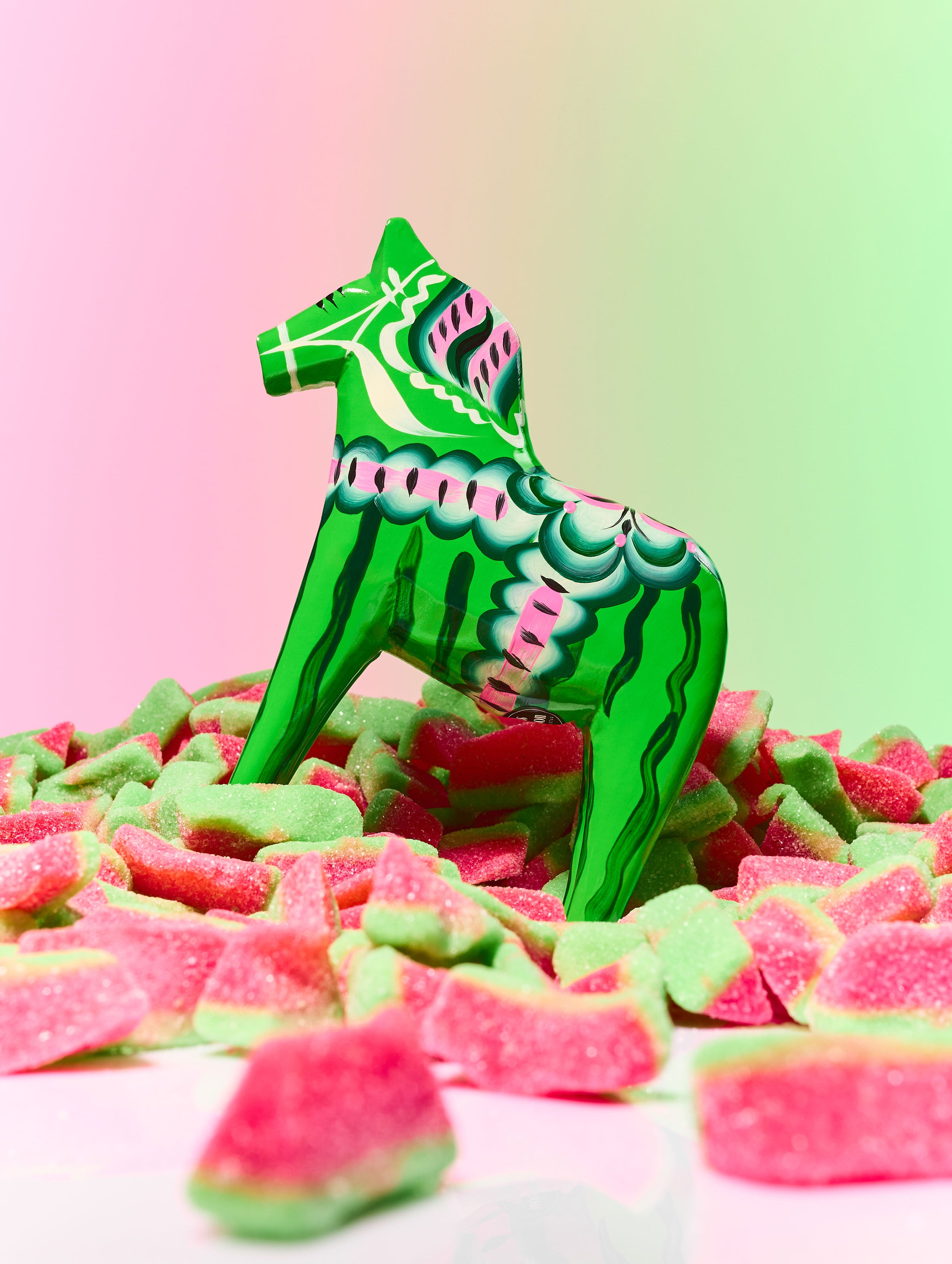When you go to buy perfume, you might notice that there are more ingredients on the list than just pure fragrances. To make matters worse, the ingredients listed on fragrances can sometimes look like you need a degree in chemistry to understand them.
That’s what we’re here for! In this article, we’ll break down six of the most common perfume ingredients, what they mean, and a few ingredients you may want to steer clear of.
Why Are Perfume Ingredients Important?
Just like the ingredients in your favorite dish, all the ingredients in a perfume come together to create the final product.
Generally speaking, the ingredients you’ll immediately recognize are the ones that give the perfume its smell, like “fragrance.”
From there, you’ll see ingredients that extend the life of the perfume, enhance the smells, or help them blend together better. In the section below, we’ll break down some of the most common perfume ingredients so that you know exactly what to look for when picking out your next signature scent.
What Are Some Common Perfume Ingredients?
Although you might not see all of these ingredients in a fragrance, they are some of the ones most often used by perfumers when creating new scents.
That said, let’s take a close look at six of the most common perfume ingredients.
1. Alcohol Denat.
First up on the list we have alcohol denat., also commonly referred to as denatured alcohol, methylated spirits, or denatured rectified spirit. Although it might sound strange, denatured alcohol is alcohol that has been intentionally altered to make it unfit for human consumption.
Chemicals like methanol, pyridine, or denatonium are added to ethanol, the kind of alcohol humans drink, to make denatured alcohol.
The result? A bitter, unpleasant alcohol (that’s sometimes even poisonous) that you certainly wouldn’t order on the rocks.
Ethanol is combined with these unappetizing additives to make sure that it is not consumed by humans and can instead be used for other purposes, like making fragrances.
Although alcohol denat. has several uses outside the world of perfumery. In a fragrance, it enhances the smell of the essential oils and functions as the excipient. In simple terms, an excipient is any ingredient in a fragrance that enhances the formula or performance of the fragrance but isn’t a fragrance itself.
Often, alcohol denat. is listed first on the ingredients list because it is the most abundant ingredient in the perfume.
2. Fragrance
Next up after denatured alcohol is the star of the show: the fragrance. You’ll usually see just the word “fragrance” listed in the ingredients, but if you do some digging, you should be able to find out exactly what notes have been combined to make the scent.
You can break down the generic category of “fragrance” into three different types of fragrance notes: top notes, middle notes, and base notes. Top notes are the scents you smell as soon as you spray on the fragrance. They’re often the brightest and freshest, but they tend not to stick around for longer than an hour.
Once the top notes start to fade, the middle notes will start to appear. These notes are the heart of the fragrance and generally make up 50-75% of the fragrance blend. They provide depth and richness to the scent and are often warm, floral, or herbal smells.
Last but certainly not least are the base notes. These are the notes that anchor a fragrance and close out the show. Base notes give a fragrance longevity and can linger on the skin for hours.
The fragrance used in different scents can either come from natural or synthetic sources. Natural fragrances often come in the form of essential oils made from plants, leaves, and fruits, whereas synthetic fragrances are made in laboratories.
Fragrances are sometimes made in laboratories to mimic naturally occurring scents that can’t be safely or sustainably attained. Synthetic scents can also be used to make fragrances that don’t naturally occur in nature (like the tasty gourmand notes in our Hot Cakes scent).
3. Benzyl Alcohol
Another important ingredient is benzyl alcohol. Benzyl alcohol, which is naturally found in different plants and fruits like jasmine ylang-ylang, is like the Swiss army knife of fragrance-making in that it does a little bit of everything.
It serves as a preservative, fixative, and fragrance blender. Given that it has antimicrobial properties, you have benzyl alcohol to thank for the lack of bacteria and fungi in your favorite fragrances. When we say it serves as a fixative, that’s just a fancy way to say it helps your favorite scents smell consistent over time.
Chances are that if the scent you’re looking at has floral notes (think jasmine, rose, lilac, and so on), then you’ll likely also find benzyl alcohol in the mix. That’s because, when combined with floral accords, benzyl alcohol adds balance to the scent and can smooth out the different notes.
4. Linalool
With a slightly spicy, citrusy smell, linalool is a terpene alcohol that’s also often featured in fragrances. Derived from different plants like bergamot, lavender, and coriander, the fresh, complex smell of linalool allows it to add nuance and complexity to different fragrances.
Along with fragrances, linalool is also often added to different soaps, shampoos, and lotions to give them a sweet, tropical twist. Much like benzyl alcohol, it also does double duty by serving as an antimicrobial and antifungal agent in perfumes.
5. Water
If you find a fragrance that has no alcohol on the ingredients list, chances are water is one of the main ingredients. That’s because some scents are specifically billed as “alcohol-free” or “water-based” to cater to people with more sensitive skin.
Water is considered a more gentle solvent, so for people who have an allergy or intolerance to certain alcohols, it can be a great option.
The only downside to water-based perfumes is that they sometimes leave a sticky or oily residue on the skin. That said, if you’re considering a water-based fragrance, make sure to try it before buying to guarantee you like the way it sits on your skin.
6. Essential Oil
There are several different tricks that perfumers have up their sleeves when it comes to making your signature scent smell delicious.
Essential oils are one of the most commonly used ingredients in crafting the smell of a fragrance. Simply put, essential oils are heavily concentrated liquids extracted from different plants, bark, seeds, or roots to capture their fragrance.
Essential oils are responsible for creating the “essence” of a fragrance. They are naturally derived and, along with being used in perfume-making, are also used in aromatherapy for their calming or energizing properties.
Given that essential oils are extremely potent and very volatile (which means they tend to evaporate quickly), they have to be combined with the other ingredients on this list.
What Perfume Ingredients Are Best Avoided?
While the ingredients listed above are all safe and important additions to most perfumes, the ones we’ll cover in this section should be avoided.
At Snif, all of our fragrances are always free of toxic chemicals (like the ones we’ll describe below) that could potentially harm you or the earth.
Phthalates
Phthalates are a family of chemicals that are often used in fragrances to help them retain their scent longer. While that sounds like a dream for perfumers, studies in the 1990s found that phthalates can mimic our body’s hormones.
Any time you come into contact with chemicals that can act like hormones, you risk disrupting your body’s delicate hormonal system. That’s why we steer clear of phthalates when formulating our fragrances.
Parabens
A similarly disruptive group of compounds are parabens. They serve as preservatives in fragrances, but can also act like estrogen. For this reason, they’re officially classified as endocrine-disrupting chemicals. This class of chemicals can create reproductive health issues, cause skin irritation, and can cause environmental damage.
Given that we care about you and the earth, none of our scents contain parabens.
Great Scents, Clean Ingredients
When you’re looking for great scents with clean ingredients, look no further than Snif. We bring you scents made from only the best ingredients so that you never have to worry about finding something sketchy in your new signature fragrance.
Always made without phthalates and parabens and with high concentrations of the scents you love, our products promise to pack a punch without putting you or the earth at risk.
Sources:
Benzyl Alcohol - an overview | ScienceDirect Topics
Linalool as a Therapeutic and Medicinal Tool in Depression Treatment: A Review | NIH
Phthalates and Their Impacts on Human Health | NIH
Parabens as the double-edged sword: Understanding the benefits and potential health risks | NIH

